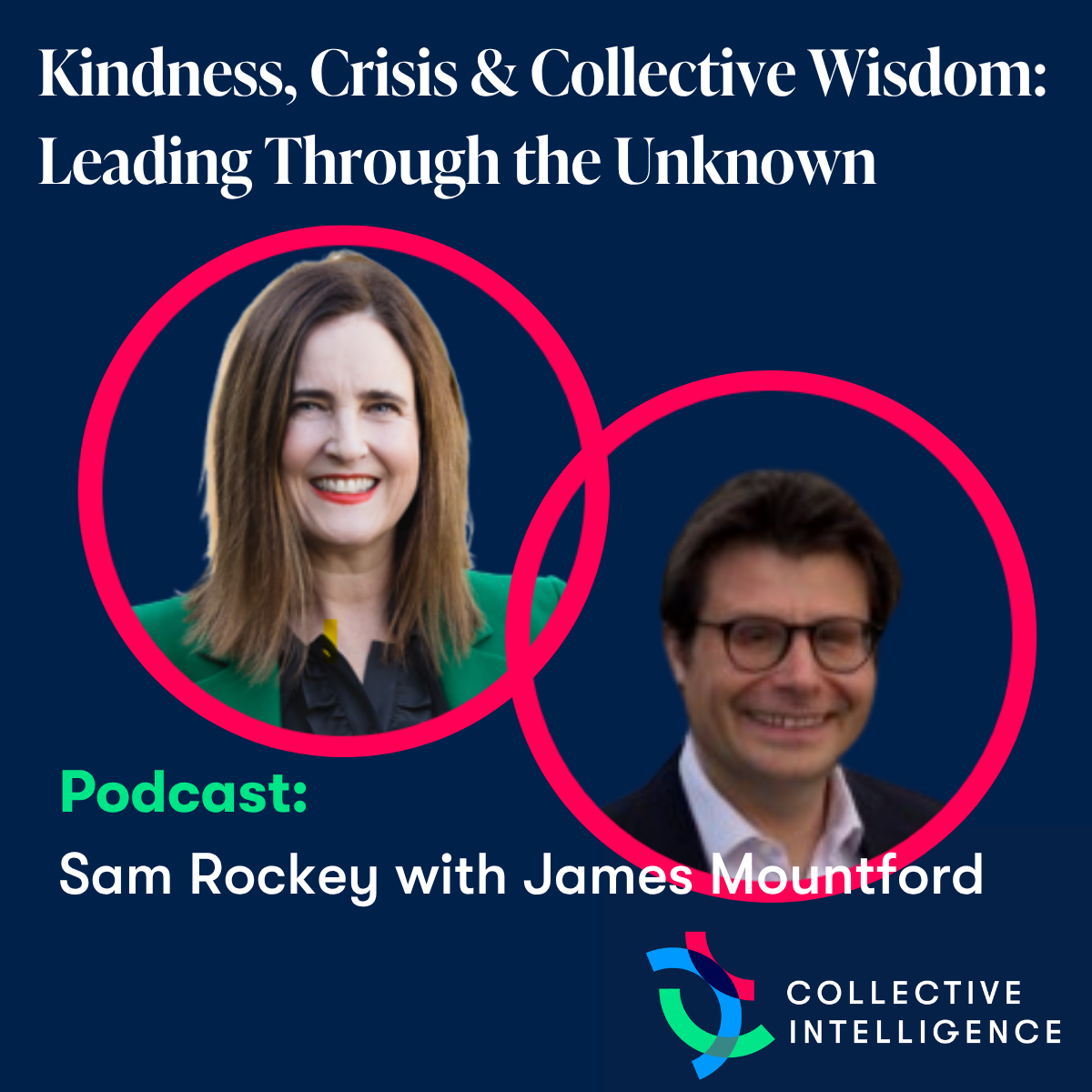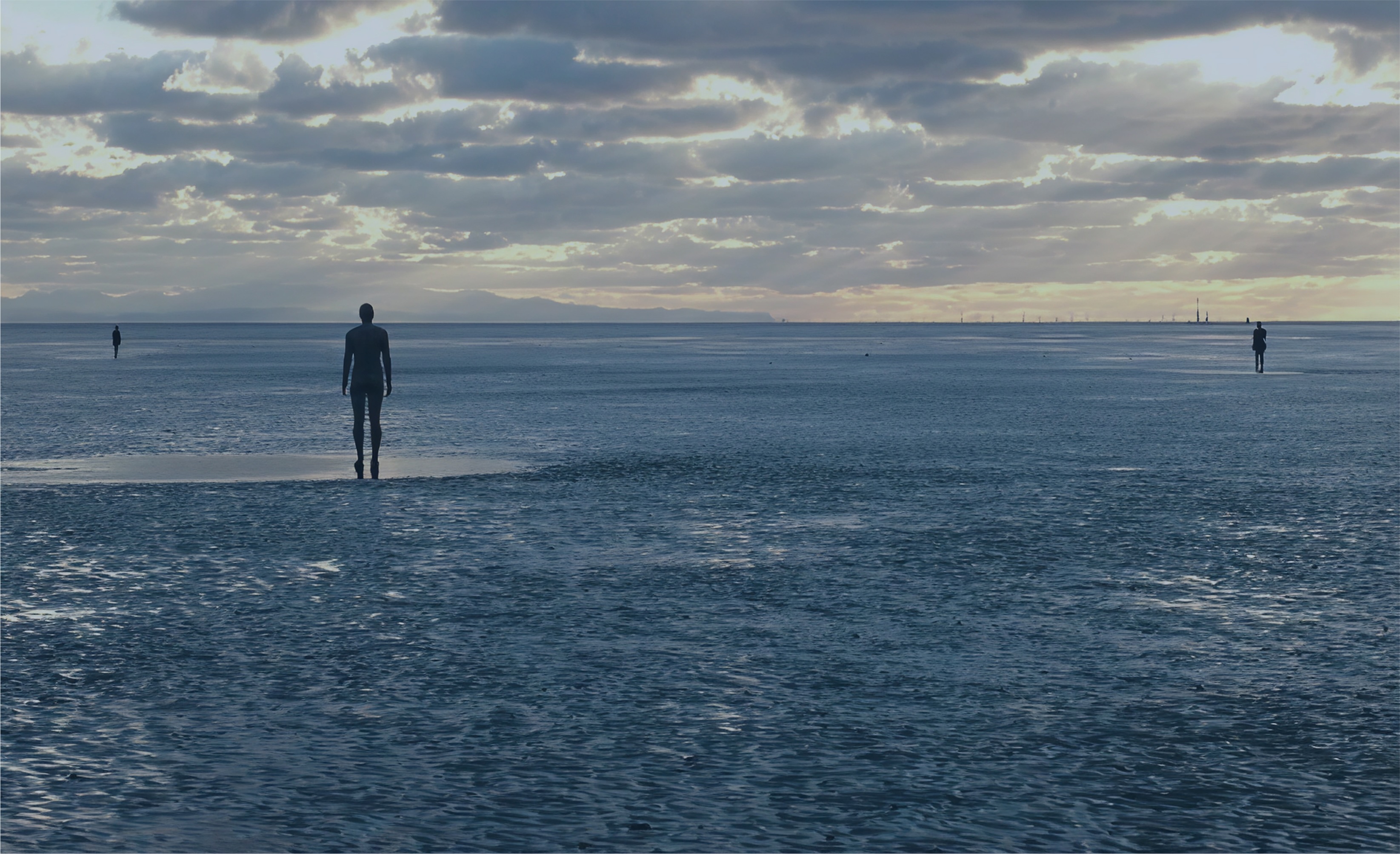Having worked with two Japanese companies in the last year, I have become interested in the Japanese way of thinking, how different it is to ours in the UK and, importantly, what there is to learn from their approach.
So it was that I was fascinated to read in the historian Francois Hartog’s book ‘Regimes of Historicity’ about cultural laws passed in Japan in 1950 to cover the protection of ‘intangible cultural heritage’. This legislation provided for the periodic reconstruction of certain religious buildings, notably Temples. What intrigued me was that –
a. the buildings that were to be reconstructed from scratch were still standing and in decent condition (so why reconstruct?) and
b. the calendar in law required them to be rebuilt again and again.
At the great Jingu Shrine in Ise, for example, the temple of the Goddess Amaterasu is rebuilt in Japanese cypress wood every twenty years. To my mind, this seems incomprehensible. Why spend time, energy and money destroying and rebuilding an important piece of cultural heritage again and again?
At odds with our notion of conservation and preservation of heritage, the Japanese focus is not on the buildings themselves as objects – but on the human process – and the skills involved - in actualising them. The label of ‘living national treasure’ is conferred again, surprisingly to me, not on buildings or objects but instead on the artists and craftspeople, the carpenters, metalsmiths, inlayers, carvers and shapers of the buildings. This title is given to them not as individuals but insofar as they are ‘the bearer of important intangible cultural heritage’. Those who are deemed to be National Treasures are obliged to pass on their knowledge – and they receive an allowance from the State to do so. The building or the artefact is of less national importance than the skills and artistry required to build it and it is these skills – not the building - that must be conserved, ‘treasured’ and kept alive in the present.
In fact, the building itself evolves through this process of renewal. It is not fixed in time but can adapt to reflect new ideas and materials. Notions of authenticity or originality in buildings or artefacts in Shinto philosophy are less important than keeping alive the means to construct them. The building therefore stays relevant and part of each new context, part of people’s present. The temple built in 2013 cost 550 billion Japanese yen and took 17 years to rebuild: these are serious endeavours. In these dark times for the arts, that investment is hard to fathom.
It is perhaps easier with wooden buildings but imagine a law that mandated the rebuilding of part of St Paul’s Cathedral every 20 years? Reflect on the debate that took place even about the rebuilding of Notre Dame in Paris after the great fire.
This State-funded creative destruction - prioritising values over objects, human skills over the art they create - celebrates the relationship between master and apprentice. It locates heritage in people rather than artefacts and presents a challenge to a more western way of seeing the world.
If our work has shown us anything over the past locked-in year, it has pointed to the fundamental human need to create, to find meaning and purpose in work of the head and the hand – and to design process and practice with future generations in mind. It has also shown us the value of learning from those who approach things from different perspectives.
Do you attach real, tangible value to the skills and capabilities of your people? Who are your ‘national treasures’? What kind of creative destruction might you have to unleash in order that some of the specialist skills, stories and knowledge in your organisation get passed onto the next generation?






































.png)













.jpg)











.png)


















.png)





















